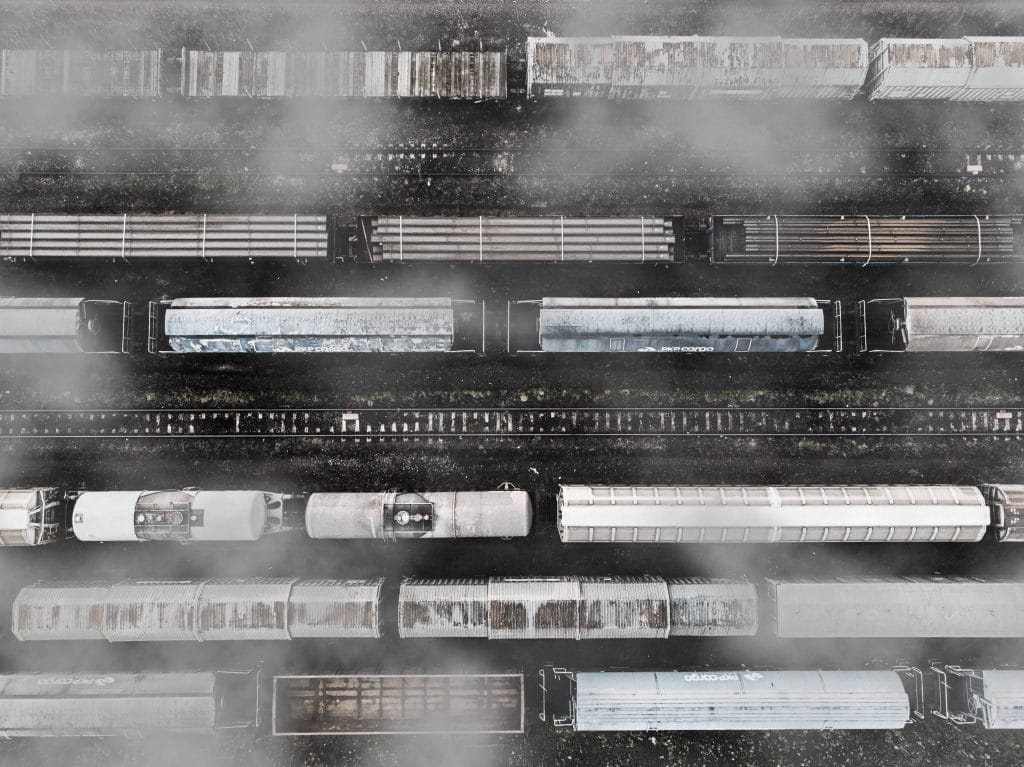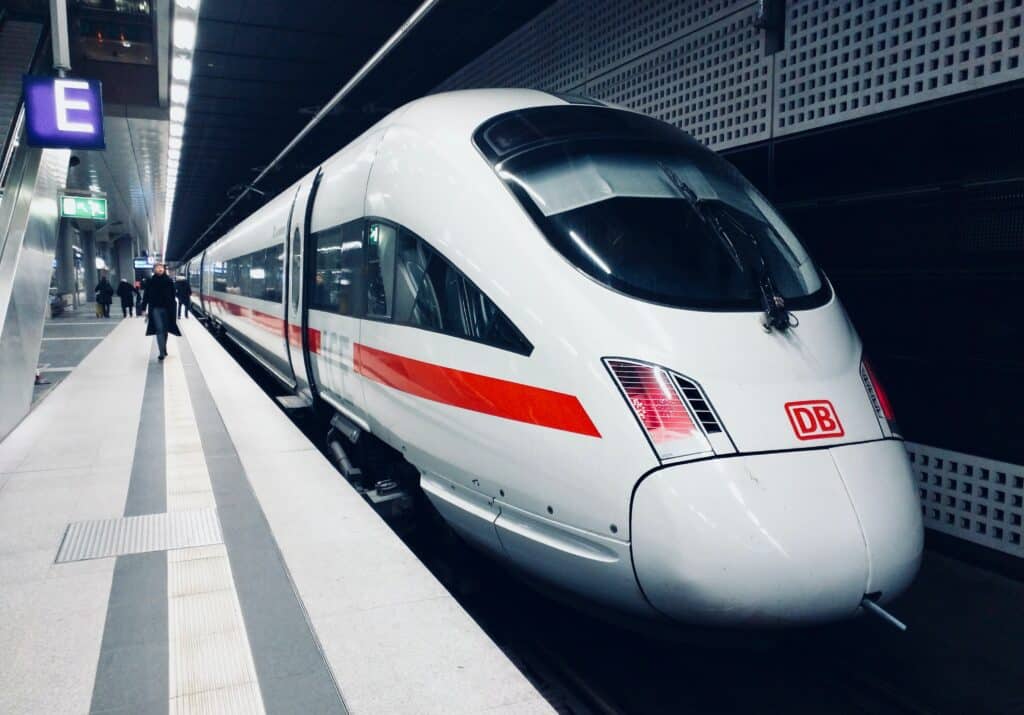How Technical Regulations Shape the Competitive Landscape – a Discussion on ECM, TSI and other Technical Regulations
The paper “How Technical Regulations Shape the Competitive Landscape – a Discussion on ECM, TSI and other Technical Regulations” will be presented at the 2nd Florence Rail Conference (9-10 December, 2021).
ABSTRACT:
Throughout the history of railway competition – and indeed, the preceding era of state railway collaboration – technical regulations and agreements have been in place to ensure safety and contractual clarity when operating across borders and collaborating along value chains. These agreements have included measures to ensure the interoperability of railway vehicles on European networks, the exchange of rolling stock and, not least, the maintenance of rolling stock by third parties, mainly agreed upon by industry organisations such as UIC. More recently, collaboration has been formalised in EU legislation, e.g. Directive (EU) 2016/798 “Entity in Charge of Maintenance (ECM)” or Directive (EU) 2016/797 “Technical Specifications for Interoperability (TSI)”. This formalisation aligns with the implementation of EU railway packages designed to foster competition and the trend of more and more specialised actors entering the railway market. In contrast with incumbents, new entrants have an interest to focus on specific niches in the railway sector that allow for a manageable market entry. However, unlike regulations on competition (e.g. Regulation (EU) 1370/2007), policy makers might overlook the effects of these technical regulations on the market landscape.
Our study examines how technical regulations shape the business model of new entrants, such as rolling stock leasing companies, maintenance providers or railway operators. With this study, we aim to shed light on the interaction of technical and competitive, economical or organisational regulations while at the same time examining how the roles defined in technical regulations act as an instrument to scope market segments in the value chain. Our analysis focuses on the regional railway transport market in Germany, which is both strongly liberalised and strongly segmented with various players active in specific market niches and aims to provide recommendations for all market segments – e.g. open-access services, night trains – where new entrants play a significant role.
In part one of the proposed paper, we discuss technical elements of recent railway legislation and suggest some features of technical legislation that make it relevant for the competitive landscape. We classify our two main examples – ECM and TSI – as “interface economical/technical” or “predominantly technical”. In a second step, we compare market segments, business scope and business model of specialised firms in the asset management and maintenance sector to the roles defined by ECM regulation. We then analyse “intentional” consequences of the regulation – e.g. incentive to align the maintenance scope with the ECM 4 role. Furthermore, we examine “side effect” consequences of the regulation, where the implementation of technical or safety constraints of both the ECM and TSI regulations has – possibly unintended – knock-on effects on the way that companies perceive the value chain in the railway maintenance and asset management sector. In a third step, we shall synthesise the results into a general overview of the effects of “interface” or “predominantly technical” regulations on the perception of market segments and value propositions and the interplay of these effects with the ongoing “regulatory game” in the market as a whole.
These feed into three sets of interdisciplinary recommendations: the first set of recommendations sensitises policymakers to strongly consider side effects of technical regulations on the landscape of the evolving railway market. The second set of recommendations suggests possibilities for railway authorities, e.g. tendering bodies, to take into account technical regulations in their tender processes – e.g. by aligning lots with ECM roles – and thereby lower barriers of entry for market participants specialised on one of these roles. Thirdly, we make recommendations for companies active in the market to align their activities to technical regulations – e.g. ECM roles – and thereby minimise efforts for participation in tenders or for internationalisation on a European scale.






